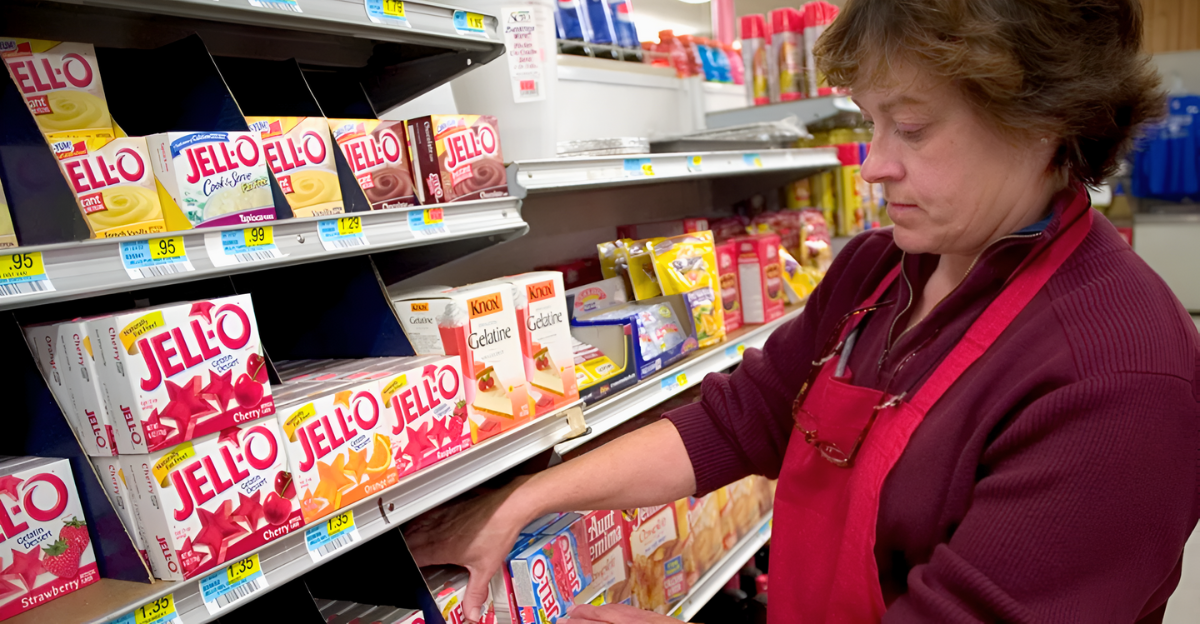
In April 2025, U.S. Health and Human Services Secretary Robert F. Kennedy Jr. rocked the food industry when he called for an outright ban on synthetic food dye and other common additives. This bold move aims to tackle growing public concerns about health risks linked to ultra-processed foods.
While this is good news, what does it mean for some of America’s most beloved junk foods? From childhood favorites to convenience store staples, many iconic snacks could soon face reformulations or even be discontinued altogether.
As the crackdown intensifies, here are 12 junk foods at risk under RFK Jr’s additive crackdown. Is your favorite snack on the list?
1. Frosted Breakfast Pastries
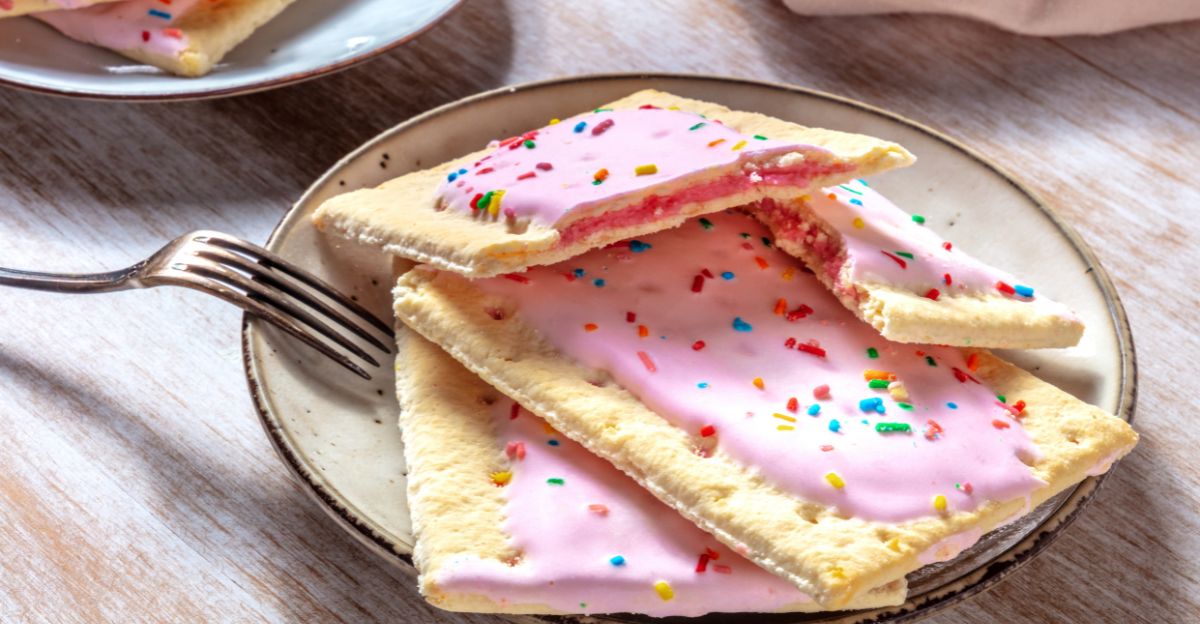
These colorful frosted morning treats rely on synthetic dyes and preservatives for their bright colors and long-lasting fillings. If RFK Jr.’s campaign against such additives gained traction, manufacturers might be forced to find substitutes in natural colorants that fade faster and stabilizers that can’t endure as long.
This might dull the pastries’ appearance and affect their texture, making them less appetizing. If consumers don’t embrace these changes, certain flavors could disappear, signaling the possible end of a nostalgic breakfast favorite that’s been a staple for decades.
2. Pizza Rolls
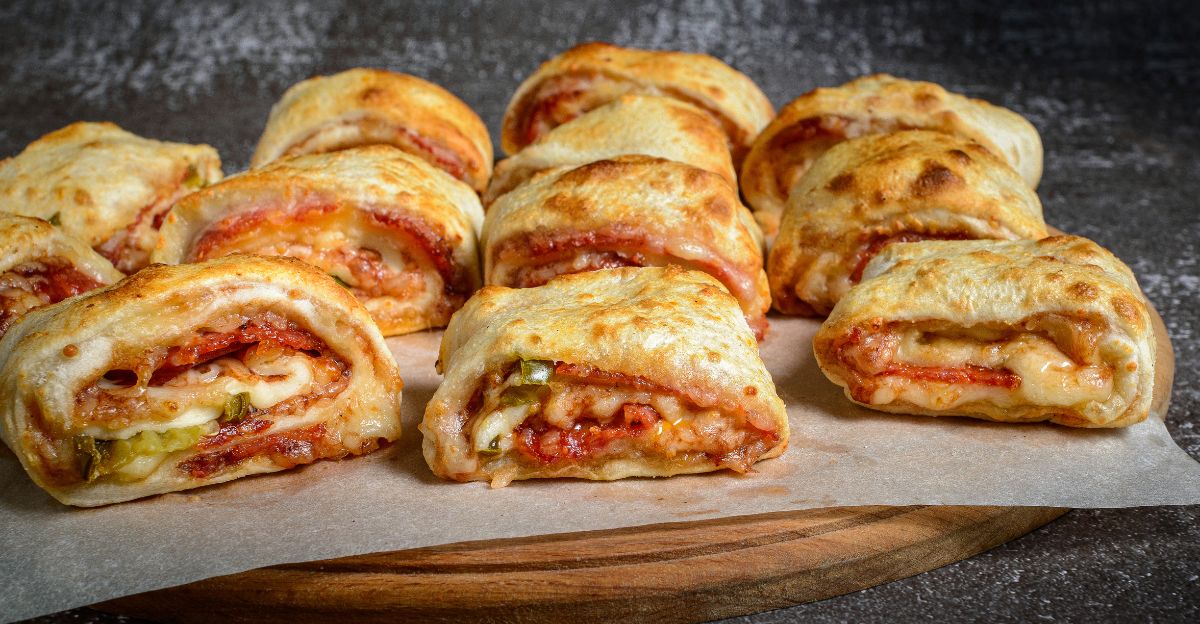
We all love pizza rolls and their combination of crispy exterior and savory interior. These tasty snacks rely heavily on emulsifiers, preservatives, and synthetic flavorings to maintain their signature texture and taste after reheating.
Without those additives, they can turn soggy and bland, disappointing fans. Reformulating them with natural ingredients could compromise quality, leading to a decline in popularity.
If companies can’t deliver on consumer expectations, pizza rolls could quietly disappear from freezer aisles, marking a significant shift in convenience snack options.
3. Shelf-Stable Fruit Drinks
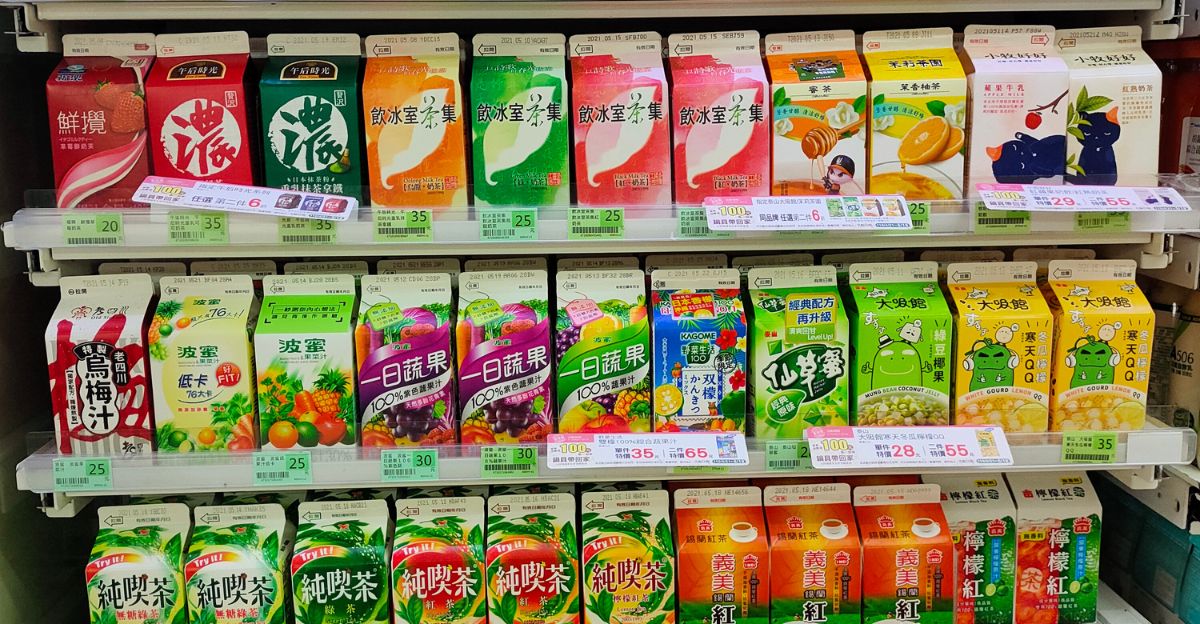
Often marketed as fruity and refreshing, many shelf-stable fruit drinks contain artificial dyes and preservatives to keep their bright colors and long shelf life.
Organic options tend to degrade from heat and light, resulting in a cloudier, less visually appealing drink with inconsistent taste.
If RFK Jr.’s policies pressure companies to remove these additives, we could see these drinks quickly fall out of favor among consumers, leading to a sudden demand and the disappearance of certain popular flavors from store shelves.
4. Red-Tinted Baked Goods
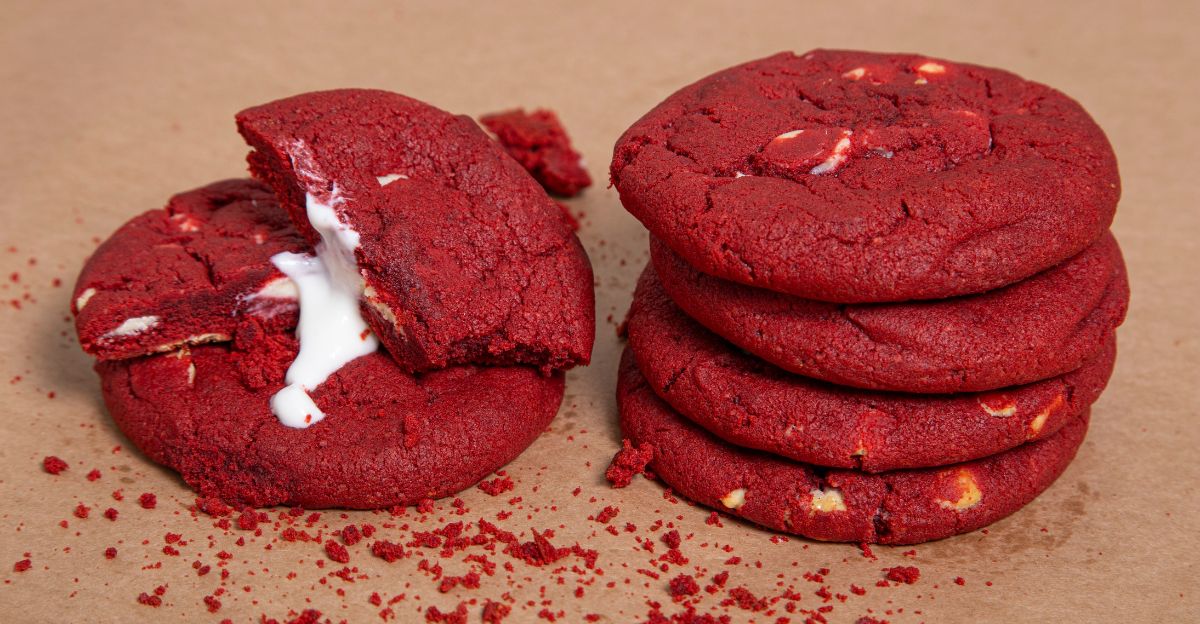
Red velvet cakes and strawberry pastries get their eye-popping red hue from Red 40 dye. Natural replacements like beet juice also can affect the flavor and nearly disappear while baking, resulting in a dull appearance and earthy taste.
With the crackdown on synthetic dyes, these desserts may lose their visual and flavor appeal, risking a decline in popularity.
If reformulated versions fail to satisfy consumers, these once-beloved red treats could become a rarity in bakeries and grocery stores.
5. Instant Noodle Cups with Powdered Flavor Packs
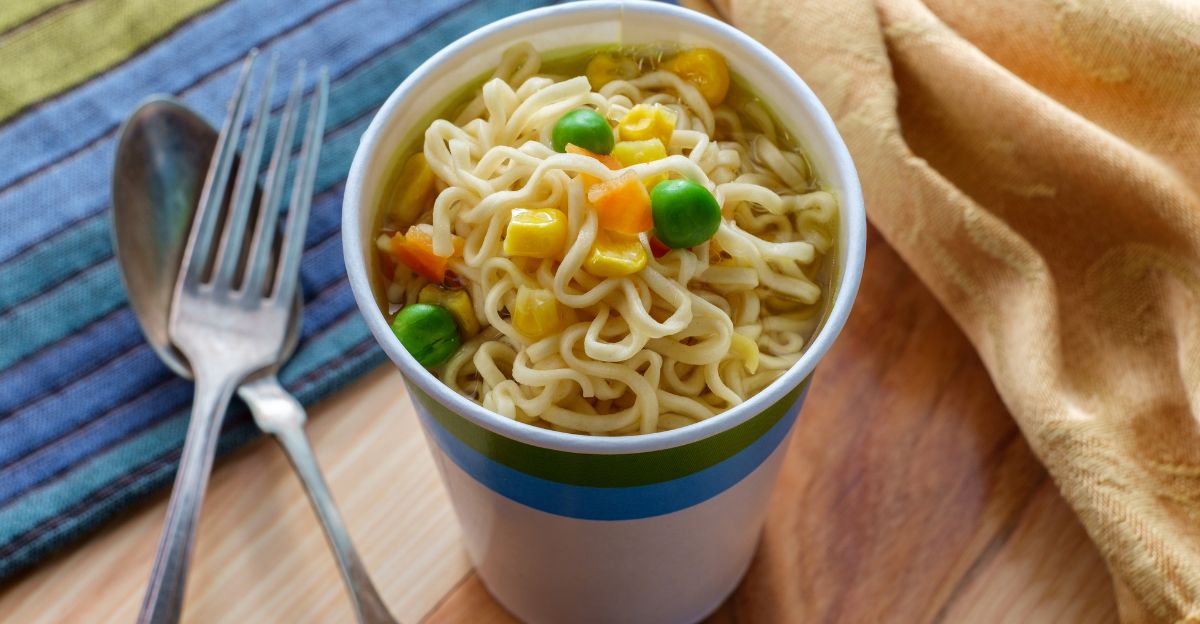
Instant noodles are the ultimate in convenience food, but the powdered flavor packets often contain synthetic dyes and preservatives that enhance color and extend shelf life.
Removing these additives could dull the broth’s appearance and weaken the flavor punch consumers have come to expect. Natural variants may not be as potent in flavor, leading to dissatisfaction.
As a result, certain flavors might be discontinued, and the convenience and taste that made instant noodles a hit may decline, threatening their place in the pantry.
6. Bright-Colored Cereal Puffs
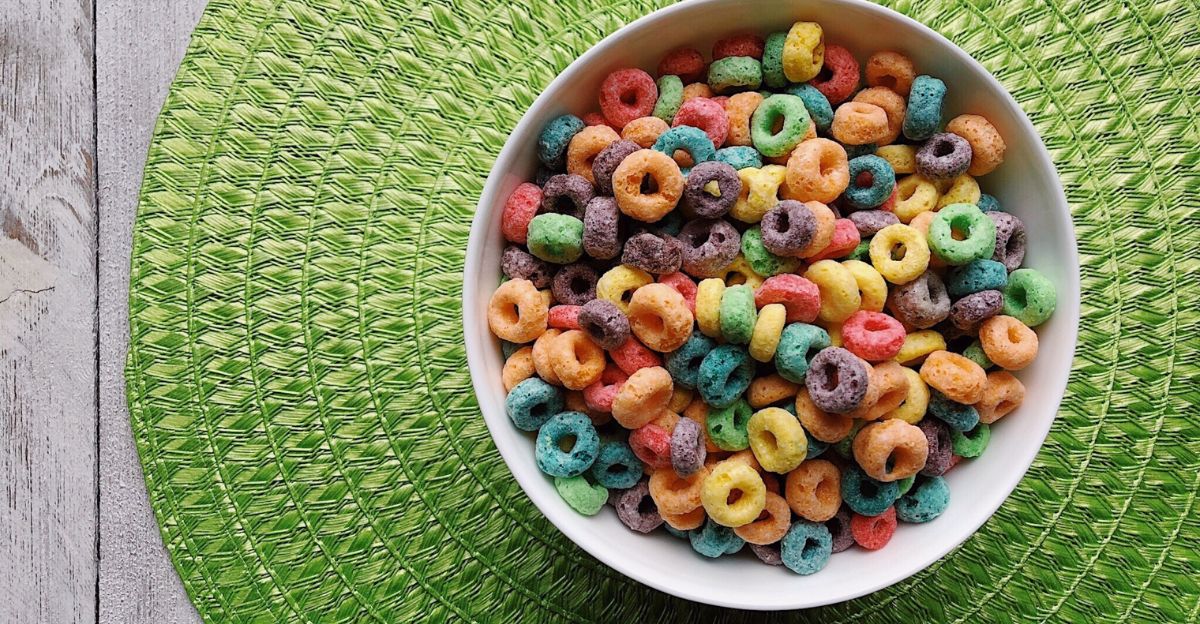
Children’s cereals with neon colors owe their appeal to synthetic dyes that stay bright both in milk and in packaging. But the problem is that natural dyes tend to discolor or fade fast, leading to dull, grayish cereal.
The vibrant appearance is a key selling point for these cereals, which could lose their eye-catching look if companies reformulate to meet new regulatory criteria.
This new regulation may result in a loss of sales, and some of our most beloved cereals might be discontinued, forever changing the nostalgic breakfast that has been enjoyed by millions of families across America.
7. Shelf-Stable Cheese Crackers
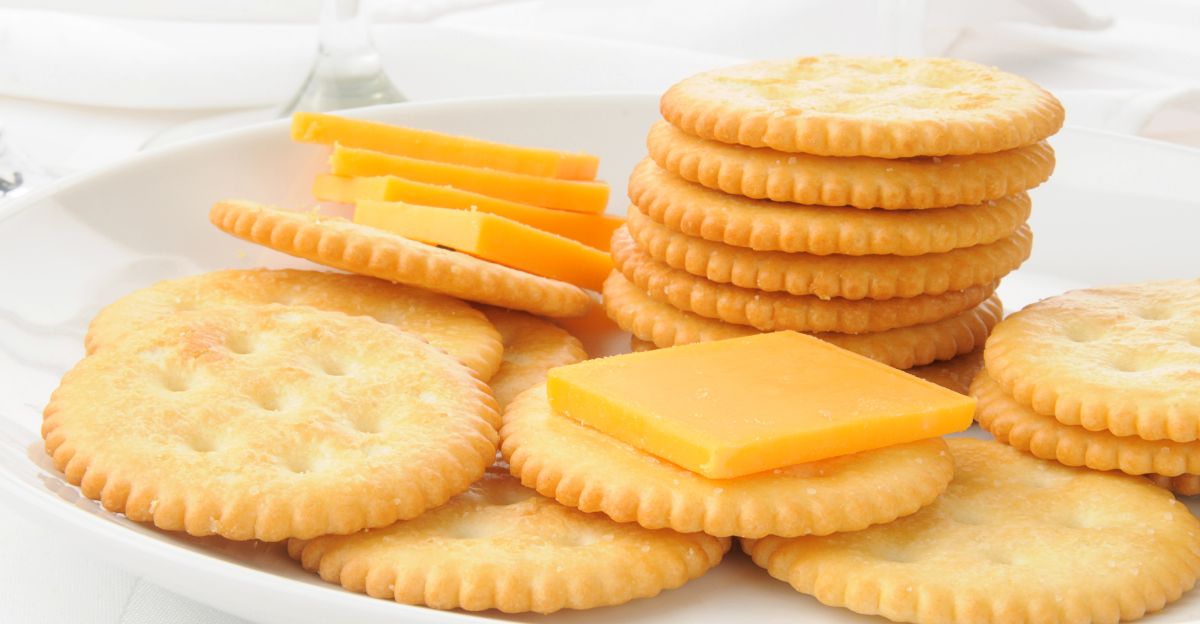
Cheese crackers tend to have a distinctive hue that is impossible to miss and a tangy artificial cheese flavor that is largely due to artificial additives.
Reformulating with natural ingredients could result in paler crackers with a blander taste, reducing their visual and flavor appeal.
If consumers reject these changes, manufacturers could cut certain lines. That might mean the possibility of seeing fewer options on shelves and a loss of a snack that’s been a childhood favorite for generations.
8. Pre-Made Colored Icing or Frosting

Tubed frostings are favored for their vibrant colors and long shelf life, achieved through the use of artificial dyes and stabilizers. Some of the natural options may taste different, separate, or fade fast, which is frustrating to bakers who depend on consistency.
This may decrease sales and create fewer product options. The crackdown could undermine the convenience and consistency of these frostings, changing the way home bakers and professionals decorate cakes and cookies.
9. Sticky Sour Candies
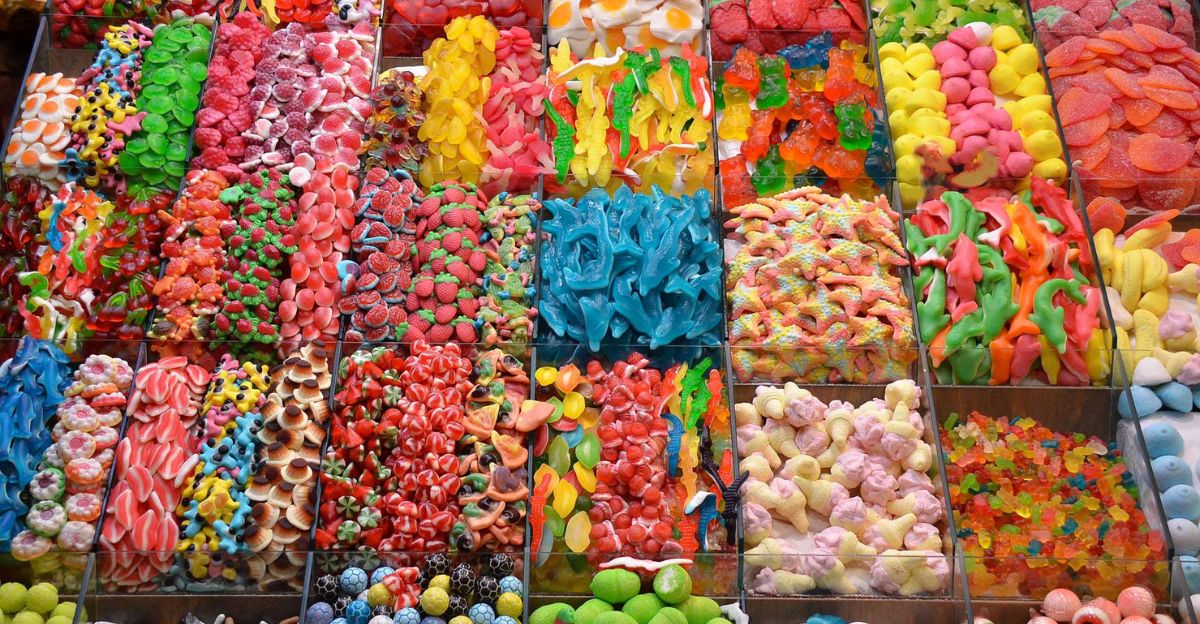
Known for their intense flavors and bright coatings, sour candies depend on acidulants and synthetic dyes to deliver their signature punch and vibrant look.
Reformulation to remove these ingredients is challenging, and it risks affecting the product’s texture, taste, and look. Loyalty may falter if consumers perceive quality waning, and some flavors are likely to disappear.
It would be a significant shift in the candy aisle, where extreme sourness and bright colors have long been attractive.
10. Microwaveable Cheese Dips
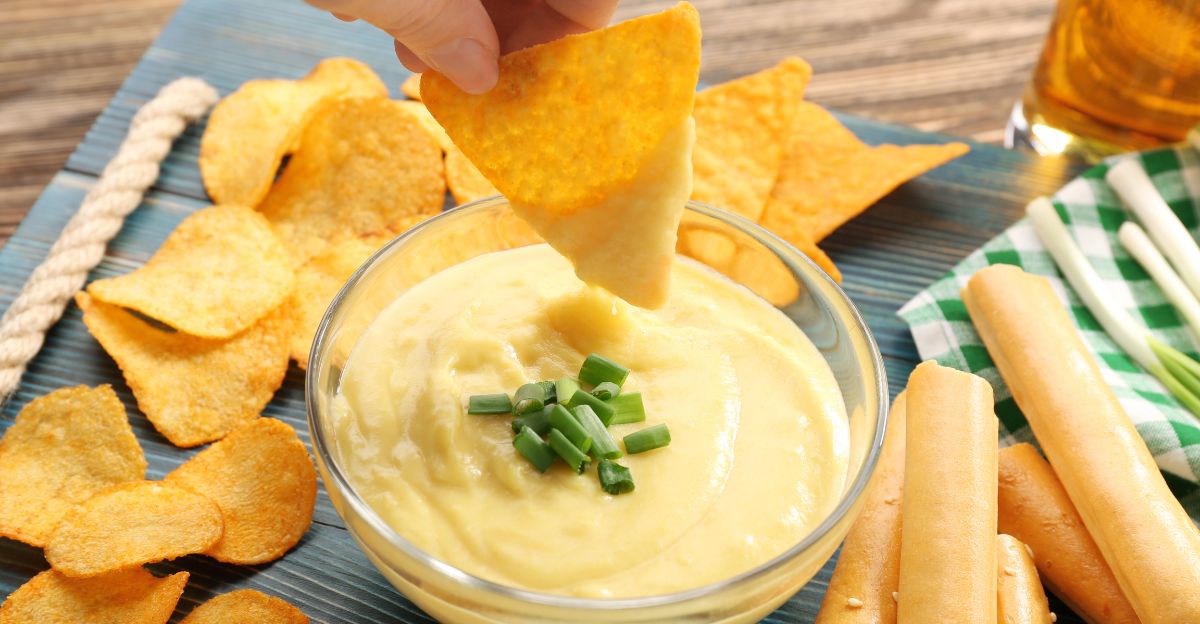
Single-serve cheese dips use emulsifiers and preservatives to create a smooth, creamy texture and shelf stability. As a result, without the inclusion of these additives, dips can be prone to separation or graininess after microwaving.
Reformulating the product could increase costs and take away from the flavor appeal, making these convenient snacks less attractive
If manufacturers cannot maintain quality, these dips might vanish from the convenience stores, impacting quick snack options for many consumers.
11. Frozen Taquitos and Burritos
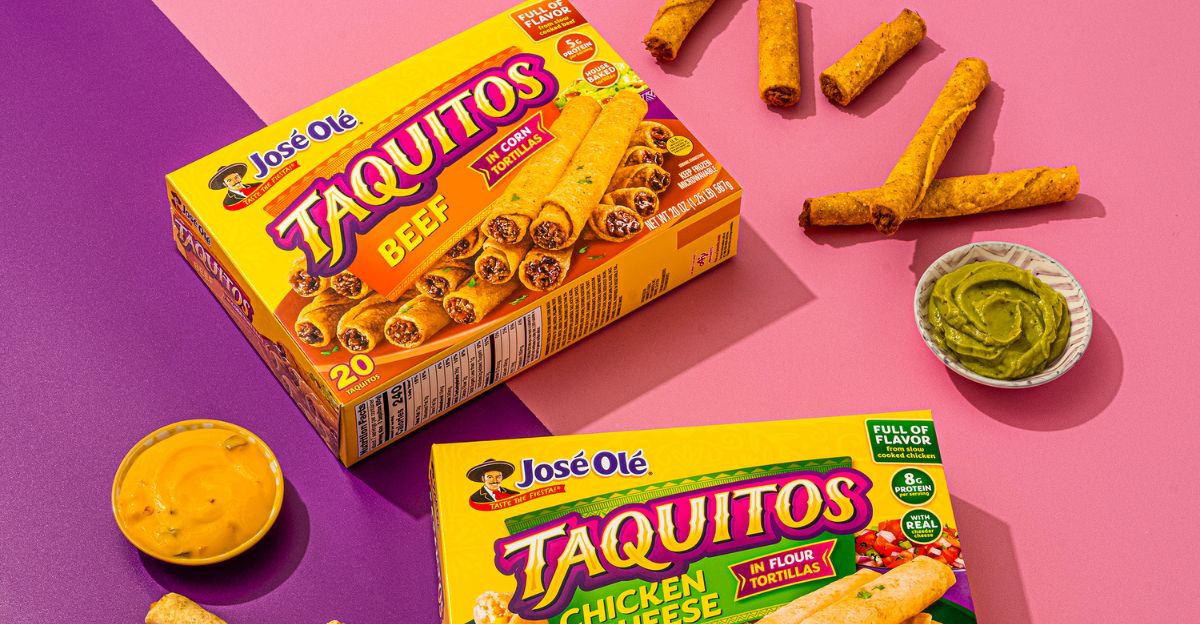
Popular frozen snacks like taquitos and burritos use preservatives and emulsifiers to keep their texture intact after freezing and reheating. Without these additives, shells might become soggy and lose their flavor, disappointing shoppers.
Reformulation challenges may lead to the discontinuation of some items, reducing the variety of convenient frozen meals available and altering the frozen food landscape.
12. Brightly Colored Cheese Snacks
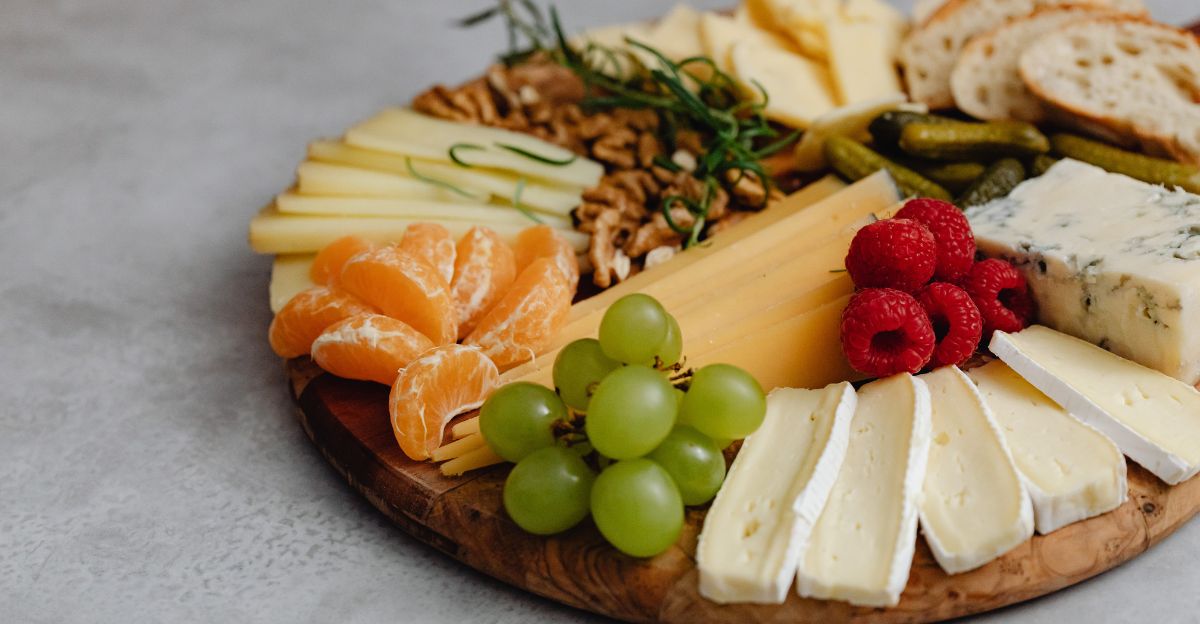
Cheese snacks with vivid orange or red hues depend on synthetic dyes for their distinctive look and grand identity.
Natural color alternatives may reduce color vibrancy or change the taste or texture. If these changes get a thumbs-down from consumers, companies may discontinue certain lines.
The crackdown threatens the texture and appearance of these beloved snacks, and may even reshape the market for brightly colored cheese-based treats.
